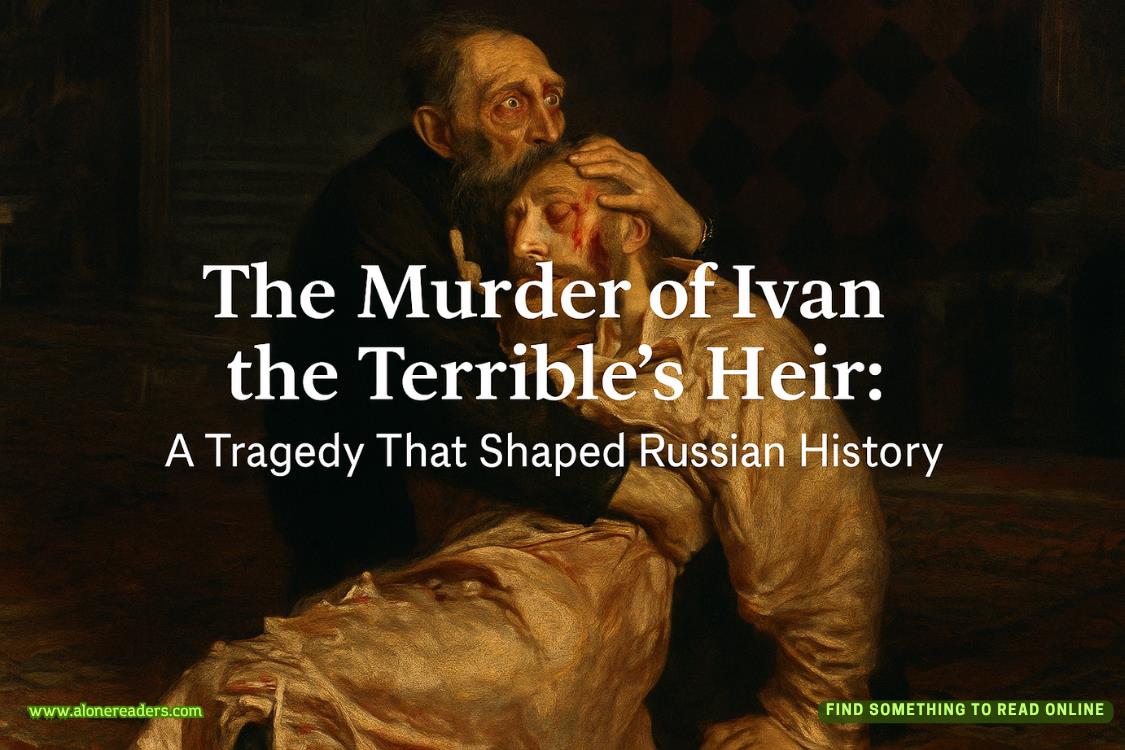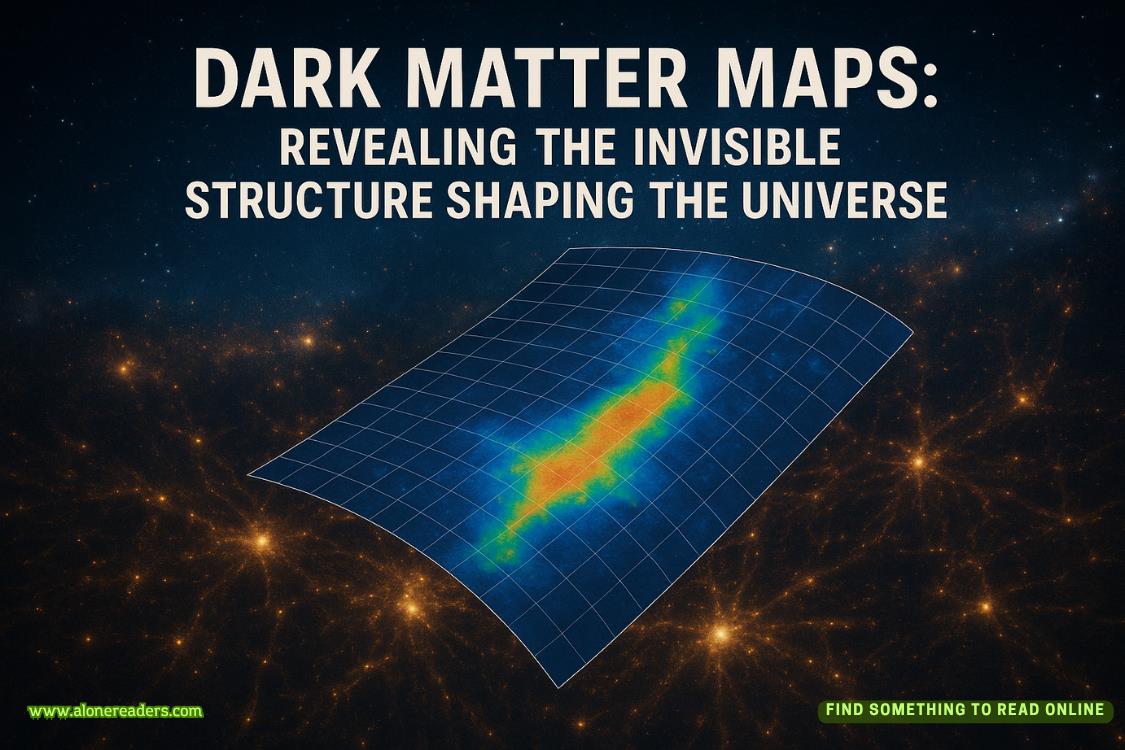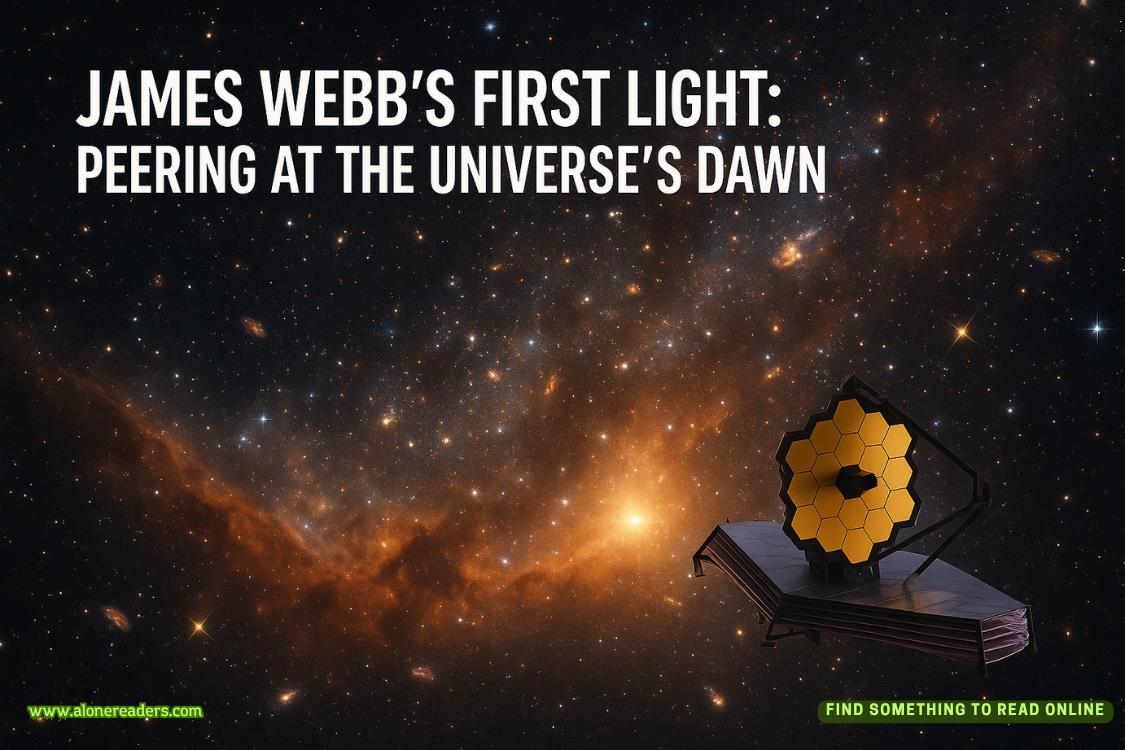Page 42 of Mating With My Grumpy Alphas
Chapter 18
Willa
Sunday morning found me in my kitchen, which I’d temporarily converted into a darkroom for printing yesterday’s wildlife photography. The familiar ritual of developer and fixer, watching images emerge in chemical baths, brought back muscle memories I’d thought were lost forever.
I’d assumed it would be impossible to source the things I needed at such short notice, but then I worked up the courage to call Kit and I was loading it all into my car an hour later.
Standing here now, watching the prints take shape, I knew it had all been worth it.
Each print that materialized felt like a small resurrection. The red-tailed hawk stretching her wings. Dr. Martinez’s gentle hands examining the owl’s healing wing joint. A child’s face lit with wonder as she watched raccoon kits tumble together in their recovery enclosure.
These weren’t the sterile pack portraits Sterling had wanted me to focus on. These were stories about resilience and hopeand the wild beauty that flourished when given proper care and space.
It was then that I caught my reflection in the dark window and realised that I was smiling as I hung the prints to dry. Actually smiling while I worked.
My phone buzzed with a text from Kit as I admired the images covering every surface of my small duplex.
I’m dying to know how the prints are turning out?
I found myself smiling even wider as I typed back.Better than I expected. I remembered why I loved this work.
That’s wonderful! Any chance I could see some of the images? The community newsletter would love to feature wildlife conservation.
I paused, staring at her message. Showing my work to other people still felt vulnerable, like exposing something tender that could be criticized or dismissed. But Kit had been nothing but supportive since our conversation at Omega Arts Night.
Actually, I was thinking about displaying some prints at that pop-up gallery space you mentioned. Think people would be interested in wildlife photography?
Kit’s response came immediately.Are you kidding? The community would love to see professional photography of local conservation work. When can we start planning the display?
This afternoon? I have about fifteen images ready.
Perfect. I’ll meet you at the community center at 2 PM. Willa, this is so exciting!
By two o’clock, I’d selected my strongest images and matted them carefully for display. Kit was waiting for me at the community center with measuring tape and an enthusiasm that made my remaining nervousness seem manageable.
“Willa, these are incredible!” she said, examining each print with the attention of someone who understood artistic composition. “The emotional depth, the technical skill, the wayyou’ve captured both the scientific and personal aspects of wildlife rehabilitation.”
“Thank you.” I felt heat creep up my neck, still uncomfortable with praise after months of having my work dismissed. “I wasn’t sure if they were good enough for public display.”
“Good enough?” Kit looked at me like I’d said something absurd. “Willa, these are gallery-quality images. The kind of work that changes how people think about conservation.”
We spent the next hour planning the layout and discussing presentation options. Kit had ideas about lighting and information cards that showed real curatorial instincts, and watching her get excited about displaying my work felt like being seen and supported in ways I’d forgotten were possible.
As we finished measuring wall space, I found myself thinking about celebration and recognition and the difference between creating for approval and creating for impact. These images weren’t about proving I was worthy of attention. They were about showing other people something beautiful and important that they might not have seen otherwise.
“We should plan an opening reception,” Kit said as we packed up the measuring supplies. “Something casual but celebratory. Give people a chance to meet the photographer and learn about the wildlife center’s work.”
“An opening reception,” I repeated, trying to process the idea of people gathering specifically to look at my photographs. “That seems like a lot.”
“It’s exactly the right amount,” Kit said firmly. “Your work deserves to be celebrated, and the community deserves to see what you’ve accomplished.”
The warmth in her voice, the genuine excitement about my photography, made something tight in my chest loosen. This was what support looked like. Not Sterling’s conditional approvalbased on how well my work served his image, but celebration of the work itself and its intrinsic value.
I spent another hour with Kit planning logistics for next Friday’s opening reception, and by the time I walked back to my duplex, I felt lighter than I had since leaving Chicago. Tomorrow I’d hang my first photography exhibition in over a year. Next week I’d stand in front of my new community and share work that mattered to me.
I wasn’t hiding anymore. I wasn’t making myself small to fit someone else’s vision of who I should be.
My phone buzzed with messages as I settled onto my couch with chamomile tea.















